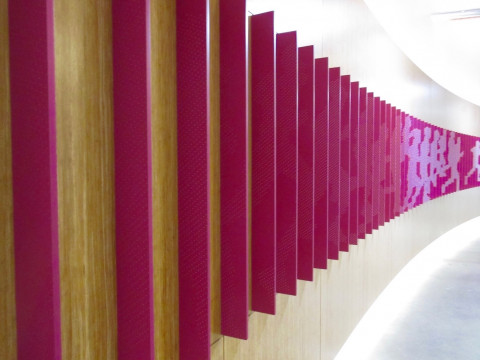Effective Traffic Management (03-30-18)
Pappas reports on how design can encourage safer driving.
Pappas reports on how design can encourage safer driving.
Neighborhood conditions influence how much people exercise.
Research linking listening to music while exercising with spending more time exercising has implications for soundscaping generally.
Makkonen and colleagues studied how standing desks influenced the at-work experiences of employees at a software company.
When people have access to showers and changing rooms, are they more likely to ride a bicycle or walk to work?
Keskinen and colleagues were interested in learning more about how the design of their neighborhoods influences distances walked outdoors by older people (age 75 to 90).
New research indicates the best sorts of exercise opportunities to provide to employees and other groups.
Cohen and team collected benchmark information on park use.
Shi, Tong, and Tao investigated the use of gardens by elderly people.

Scientists have learned a lot about the design of fitness zones where extra pounds drop away, muscles build, and moods soar. They’ve identified ways that design can get our hearts and limbs pumping and make it more likely that when we’re done exercising we view our sweat-sodden experiences positively.